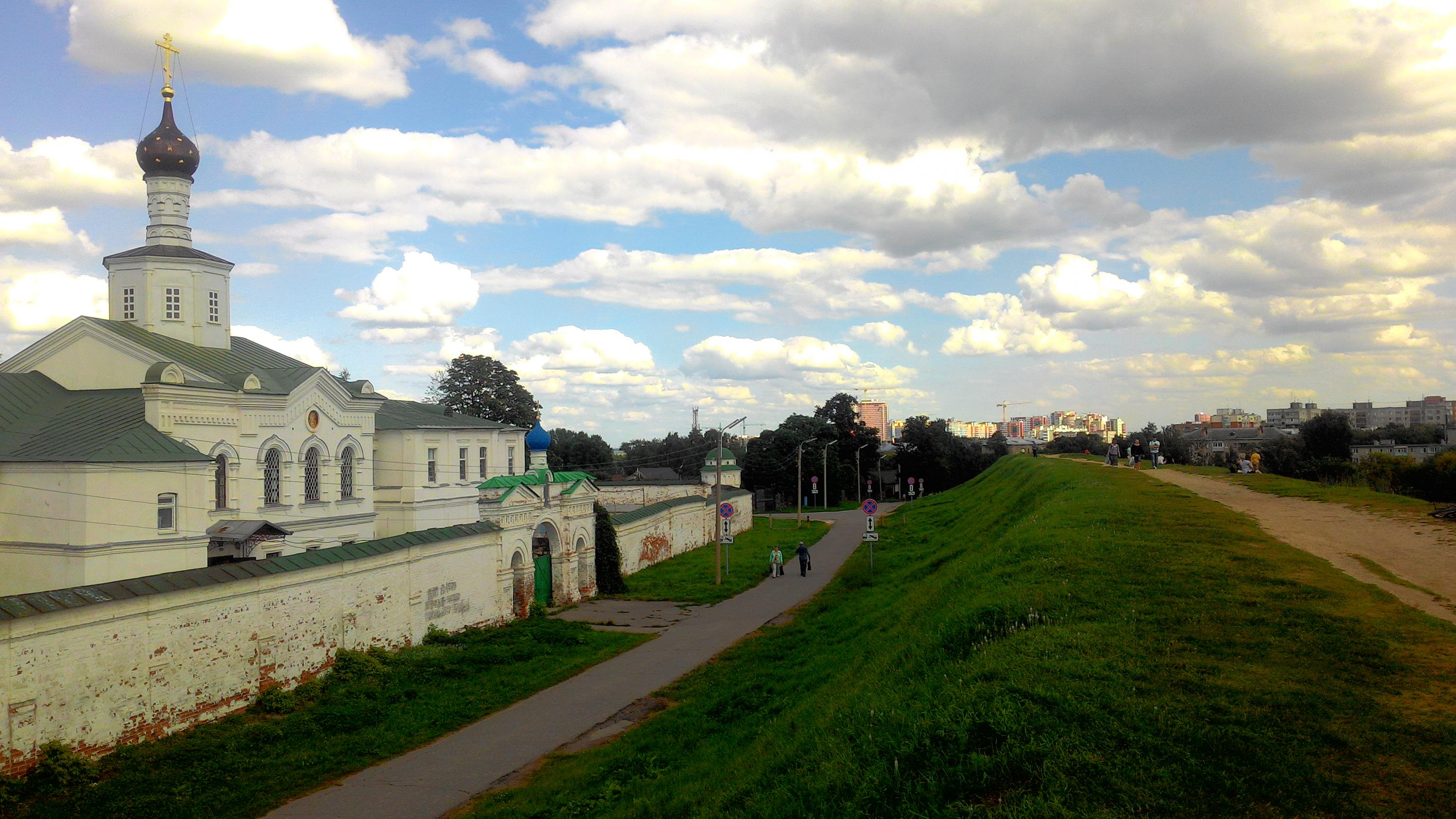Part 1 of 5: Moscow → Chelyabinsk region
Country
So, the journey began on June 24th, 2017. And frankly, I started to screw up my plans and timing from the very beginning.
On the first day, I expected to leave Moscow at 7 AM and meet the evening glow splashing in the river Usa near Syzran town. But the last few days before the departure were pretty tiresome. I abandoned all hopes of early waking and managed to leave only at noon, covered a little more than 500 km and spent the night in a roadside motel near Penza.
When it became obvious that I couldn’t stick to the schedule, it remained only to relax and enjoy the road. So, the first day became a reminder that journey is more about the daily path and less about the initial plans and destinations.


On the second day Bashkiria region was welcoming me. Tranquil road, sunflower fields, river bridges. I left early, had many stops. Took pictures here and there, frequently slowed down in front of police posts, needed time to fill my tank with gas and my stomach with food...
By the second evening, 750 km were covered. As the sun was setting and the darkness descending, I spent almost 2 hours searching for accommodation along the highway. I didn’t have any tent with me, and most hotels and motels wanted a prodigious sum of money for disgusting rooms (well, I’m not a spoilt kid, rooms were really terrible, far from worth the price).
In the end, I’ve found a compromise. Spent the night in the cleaner’s room in a mini-hotel by the gas station. Fully-fledged single room with a strategic supply of clean sheets and disposable shampoos ;) Neat and cozy. Well, cleaners’ rooms are supposed to be like that, right? Besides it was two times cheaper than regular motel rooms.
The next day, 650 km remained to get to my relatives near Chelyabinsk. I expected the ride to be easy. Good old M5 highway. I frequently traveled here and was well familiar with it.
Yet the ride turned out quite tense. Frequent road repairs, dust, trucks slowly crawling along the Ural foothills. Overtake prohibitions, no rideable roadside space and frequent presence of road police — all that didn’t help overtaking at all.
By the end of the third day, while I was savouring turn after turn and crossing hill after hill, it became obvious: my attitude to speed had changed. From the moment I left Moscow, I was gradually slowing down. First day average speed — 115 km / h. Second day — 105 km / h. Third — 97 km / h.
On the one hand, of course, the change was partially dictated by external factors. Roads were getting narrower and their quality was getting worse. Cars were slowing down all around. Comparing to Moscow, seemed like rural people are in no hurry at all. More and more spectacular views kept appearing and drawing attention.
On the other hand, made a significant inner discovery. At a speed of over 100 km/h by the end of the day I couldn’t remember more than 5% of sceneries I drove by. And at a speed of 95 km/h I remembered 15%. By comparison, when I stopped completely and focused, for example, to take pictures, I remember around 60% from such moments.
Thus, decreasing the speed by just 10% gives a threefold increase in the quality of living and experiencing...
The numbers, of course, are approximate. The main takeaway for me is: drive slower, live deeper.
And surely, this principle must be applicable in everyday life, not only on the road. Where is this thin line, this rhythm of life, which may be a little slower than the current one, but gives much more pleasure from actual living?
As the American moto traveler, Russ Ketchum, wrote in his “Adventures Through the Southwest”:
...people have stopped looking, and that is the saddest thing that can happen. When people stop looking, they slowly stop caring about the places around them. They fail to realize that just around the corner is something wonderful, they only see the dirt on the side of the road.
